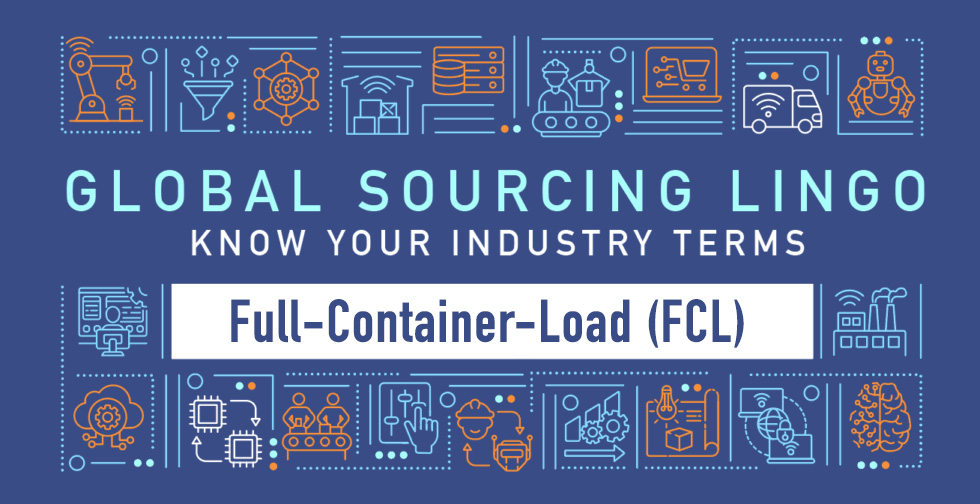FCL stands for full-container-load. You pay a flat rate to hire a container for your exclusive use and for its transportation. You don’t have to fill the container, but if you don’t you’ll effectively be paying to transport thin air.
When it comes to FCL, three most common container types list below for your evaluation. Most businesses importing from China are only concerned with these three standard sizes that make up most of the container volume shipped worldwide.
Important things to know about an FCL shipment
In an FCL shipment, all the cargo in a container will be yours. That’s because you pay a flat fee to rent and ship the container. It’s often possible to choose between the following types of FCL service:
• Port to port – Your freight fee will cover the ocean leg of shipping only, from the first port at which the container boards a vessel, to the last port at which it is discharged from a vessel.
• Door to door – Your freight fee will cover your container’s transportation from the point at which it is stuffed to the point at which it is destuffed. This typically means from the premises of the goods consignor, to the premises of the consignee.
• Door to port – Your freight fee will cover the container’s transportation from the point at which it is stuffed, to the last port at which it is discharged from a vessel.
• Port to door – your freight fee will cover the container’s transportation from the first port at which it boards a vessel, to the consignee’s premises, or wherever it will be destuffed.
FCL shipping usually works out more cost-effective for bigger shipments. If your consignment takes up more than half the space in a standard 20ft container (about six pallets worth), FCL is likely to be the best option.
When you ship a container that isn’t full, the unused space will need to be packed with dunnage to stop the contents shifting and potentially being damaged during transit.
In FCL shipping, containers are usually loaded (stuffed) and sealed by the shipper and transported to the port of departure by rail or road. After arrival at the destination port and clearing customs, each shipping container is delivered to its consignee on the back of a truck, and deposited for unloading or also referred as destuffing.
Container sizes
Buyers should be aware of the various containers that are available for their shipments. You do not have to be an expert in containers; nonetheless, understanding the fundamental sizes and fillable space will aid in the calculation of shipping techniques. The standard containers and their volume are listed in the table above.
A 40-foot container has double the dimensions of a 20-foot container, as illustrated in the table above. The height of a high cube container is the same as that of a regular 40-foot container. Other container sizes, such as 45-foot, are available; nevertheless, for comparison reasons, we focus on standard container sizes.
Less conventional containers aren’t as common, and they’re not ideal for shipping standard consumer-grade goods around the world. Next week we will discuss the Less-than-Container-Load (LCL) shipping option.
Partner with Mechanical Power and get access to an experienced FCL shipping staff with the knowledge and sourcing industry connections to manage every step of your shipment, from booking through delivery.
To get started today, request a quote or contact Mechanical Power representative.

Resourceful and innovative Marketing Pro, with 20+ years of progressive experience in the marketing and creative technology industry. Responsible for digital and traditional marketing efforts that promotes brand awareness, increases engagement, and drives revenue.

















